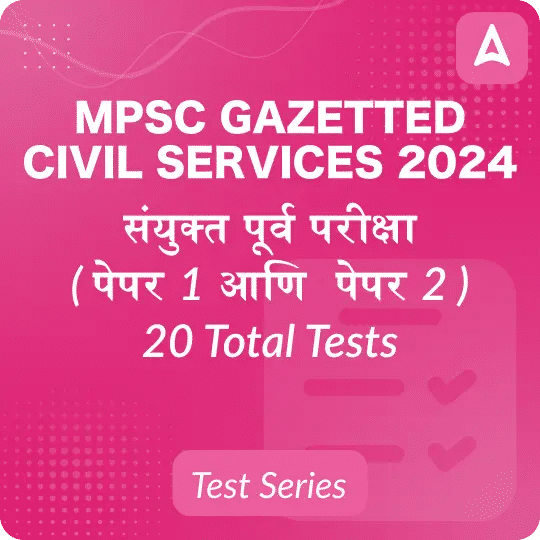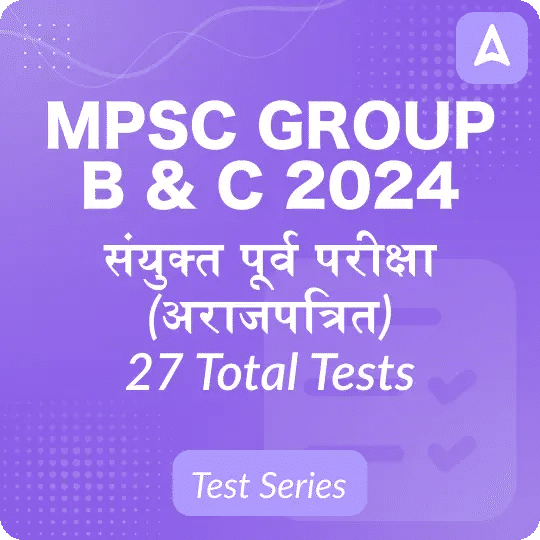Table of Contents
Sharpening India’s anti-tuberculosis fight
(The Hindu, 29-08-24)
What is the current status of tuberculosis (TB) in India?
- India bears over a quarter of the global TB burden.
- In 2023, 25.1 lakh patients were diagnosed with TB in India.
- The country is working towards TB elimination, as urged by the Prime Minister.
What new treatment regimen is being introduced for drug-resistant TB?
- The WHO-recommended BPaL/M regimen is set to be introduced in India.
- It’s a shorter (6 months), safer, and more effective treatment.
- Patients need to take only 3-4 tablets daily, compared to 13-14 in current regimens.
- Success rates are reported to be 89% compared to 68% with current treatments.
What are the benefits of the new BPaL/M regimen?
- Shorter treatment duration (6 months vs 9-24 months)
- Fewer side effects
- Higher success rates
- Cost savings (40% to 90% of current treatment costs)
- Potential annual savings of approximately ₹6,180 crore globally
How can India improve TB detection and diagnosis?
- Use health datasets and GIS mapping to identify vulnerable populations
- Conduct targeted multi-disease focused screening drives
- Utilize portable X-ray machines with AI-driven tools
- Expand the use of rapid molecular tests over microscopy methods
- Prioritize chest X-rays, which detected 42.6% of cases that would have been missed otherwise
Can you answer the following question?
Evaluate India’s approach to tuberculosis elimination, focusing on the adoption of new treatment regimens and innovative diagnostic technologies. How can these strategies contribute to achieving the goal of a TB-free India, and what challenges might be encountered in their implementation?
Establishing a carbon market
(The Hindu, 29-08-24)
What is India’s current approach to reducing emissions in energy-intensive industries?
- India currently uses the Perform, Achieve, and Trade (PAT) scheme.
- PAT focuses on energy efficiency standards rather than absolute emission caps.
- Successful firms can generate and trade credits or certificates.
What changes are proposed for India’s emission reduction strategy?
- The Finance Minister announced a shift from energy efficiency targets to emission targets for “hard to abate” industries.
- A transition from PAT to an “Indian Carbon Market” mode is planned.
- This shift signals India’s move towards more stringent emission control measures.
How does the proposed Indian Carbon
Market differ from other emission trading systems?
- It will likely be different from the European Union Emissions Trading System (ETS).
- The system is expected to align with India’s Nationally Determined Contributions (NDCs) under the Paris Agreement.
- It may involve a two-phase approach: first, a voluntary market with a domestic project-based offset scheme, and second, a compliance market with mandatory participation for regulated entities.
What are the challenges and considerations for India in implementing this new approach?
- Balancing emission reduction with development priorities and industrialization needs.
- Addressing the high emissions from industries like iron and steel, which are crucial for India’s development.
- Aligning the new system with India’s NDCs, which include reducing emissions intensity of GDP by 45% below 2005 levels by 2030.
- Ensuring the transition doesn’t conflict with India’s development priorities and refusal of mandatory emission cuts.
Can you answer the following question?
Evaluate India’s proposed transition from the Perform, Achieve, and Trade (PAT) scheme to an “Indian Carbon Market” mode for emission reduction. Discuss the potential challenges and opportunities this shift presents in balancing India’s development priorities with its climate change commitments.
महाराष्ट्रातील सर्व स्पर्धा परीक्षांसाठी ऑनलाईन क्लास, व्हिडिओ कोर्स, टेस्ट सिरीज, पुस्तके आणि इतर अभ्यास साहित्य खाली दिलेल्या लिंक वर क्लिक करून मिळावा.
अड्डा 247 मराठीचे युट्युब चॅनल
अड्डा 247 मराठी टेलिग्राम ग्रुप
महाराष्ट्र महापॅक












